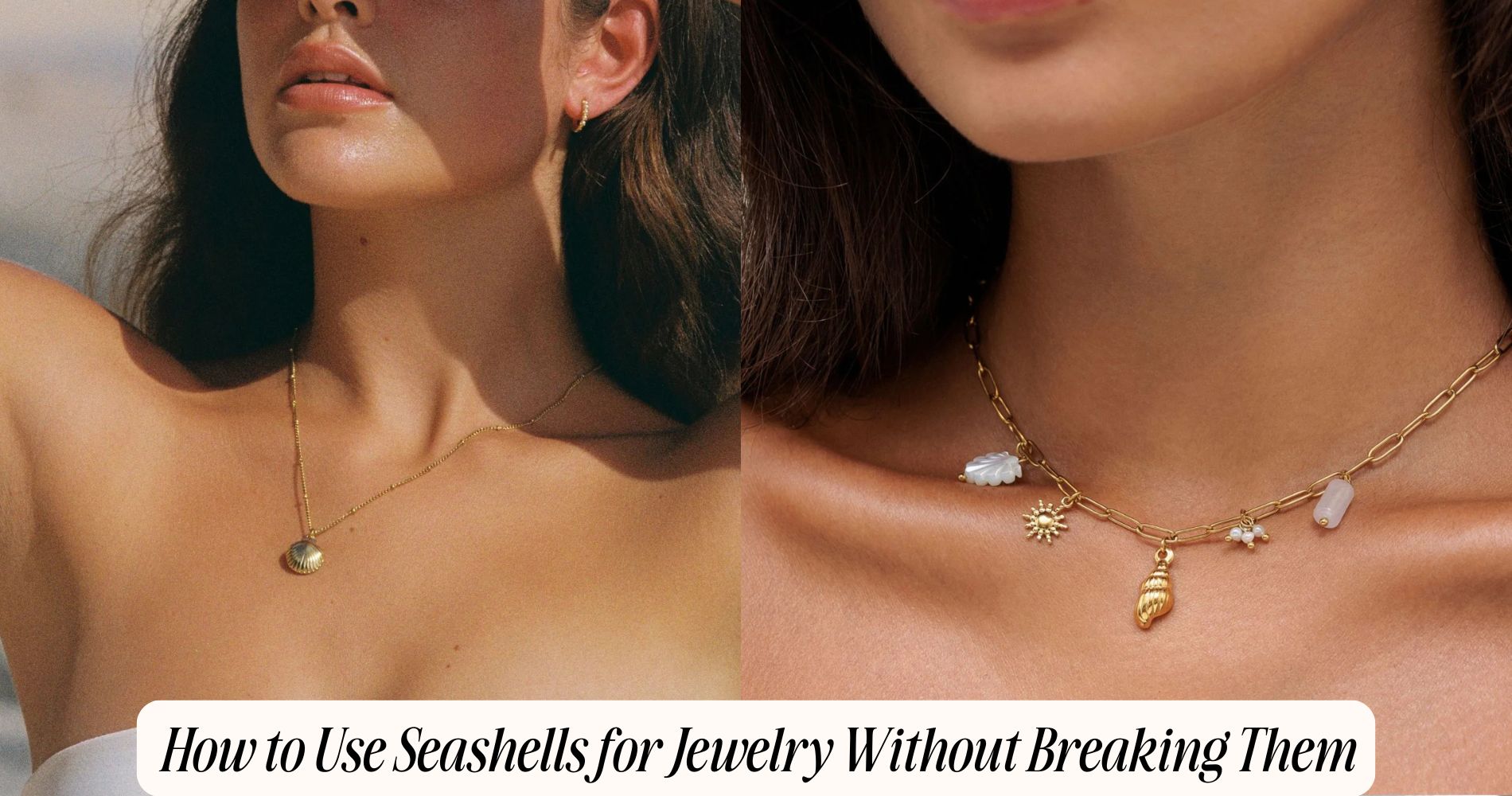
How to Use Seashells for Jewelry Without Breaking Them
Wondering how to use seashells for jewelry without breaking them? Start by choosing sturdy, uncracked shells and gently cleaning them with mild soap and a soft brush. When drilling holes, go slow with a diamond-tipped bit and keep the shell cool using water. Use secure findings like stainless steel jump rings, and finish your piece with a clear, non-yellowing sealant for added protection. With these careful steps, you’ll create jewelry that’s both durable and stunning—and if you're looking for inspiration, don’t miss our Sea Creature Jewelry collection filled with ocean-themed treasures.
Choosing the Right Seashells for Jewelry Making
Although seashells line every stretch of sandy shore, not all are destined to become striking pieces of jewelry. Your first step is thoughtful shell shape selection—seek shells with smooth, unbroken curves and sturdy bodies. Avoid thin, brittle edges or cracks that could compromise durability.
Consider the silhouette: do you want a dramatic spiral, a delicate fan, or a classic oval? Each shape offers distinct design possibilities and structural integrity.
Next, focus on color coordination. Study the shells’ hues under natural light. Pair iridescent whites with soft pinks for elegance, or contrast dark browns with sun-bleached creams for bold statements. Let the natural palette guide your vision, ensuring every piece harmonizes.
When you select shells with both form and color in mind, you lay the foundation for unforgettable jewelry.
Cleaning and Preparing Shells Safely
Before transforming your chosen shells into wearable art, you’ll need to make certain they’re thoroughly cleaned and structurally sound. Begin by soaking your shells in a mixture of warm water and mild dish soap to remove surface debris without compromising seashell preservation.
For stubborn organic matter, use a soft toothbrush, working gently to avoid scratches. Avoid harsh chemicals, as they can weaken the shell and increase your environmental impact.
Rinse each shell thoroughly and let them air-dry on a towel. Inspect for cracks or thin spots, discarding any shells that aren’t robust enough for jewelry.
If you wish to enhance their natural luster, buff with a bit of mineral oil, taking care not to create a slick surface that’s difficult to work with later.
Drilling Holes Without Cracking Shells
Once your shells are clean and gleaming, it’s time to tackle the most delicate step: drilling without splintering or shattering the fragile surface.
Start by selecting a micro drill bit—ideally, a diamond-tipped one—for maximum control and minimal pressure. Secure the shell on a soft, supportive surface like a sandbag or modeling clay, which cushions and aids shell reinforcement.
Before drilling, mark the spot with a fine-tip marker. Apply water to the shell; this cools and lubricates, reducing heat and friction.
With steady hands, use slow, consistent drilling techniques, letting the bit do the work—never force it. Pause frequently to check for cracks.
This deliberate, gentle approach ensures you’ll pierce perfect holes, maintaining the shell’s integrity for your jewelry masterpiece.
Attaching Findings and Components Securely
When it’s time to join your drilled shells with clasps, jump rings, or earring hooks, the right technique makes all the difference between a lasting piece and a lost treasure. Choose metal findings that complement your shell’s color and durability—stainless steel or sterling silver are both resilient and tarnish-resistant.
Always use pliers to gently open jump rings sideways, thread them through the shell’s hole, and close with a firm, seamless motion to ensure secure attachments. For heavier shells, double up on jump rings for extra strength.
If you’re adding a bail, opt for a glue-on style designed specifically for non-porous materials and apply adhesive sparingly. Every connection should be snug—never force or overtighten—so your seashell jewelry stays beautiful and intact.
Sealing and Finishing Your Seashell Jewelry
With your shells securely linked and every component fastened, it’s time to focus on protecting and perfecting your creation.
To guarantee seashell preservation, gently brush a clear, acid-free sealant over each shell. This will lock in luster, shield against moisture, and prevent surface wear.
Choose a sealant compatible with jewelry—look for non-yellowing, UV-resistant options. Let each coat dry fully before handling.
If your design features intricate textures, use a fine-tipped applicator for precision.
Once sealed, buff lightly with a soft cloth to enhance shine without scratching.
For jewelry display techniques, store your finished pieces in padded boxes or hang them on velvet-lined stands, away from direct sunlight.
This careful finish not only protects but elevates your seashell jewelry’s visual impact.
Frequently Asked Questions
Are Certain Seashells Protected or Illegal to Collect for Jewelry?
You can’t collect every seashell freely—some species are protected, and regulations vary by location. Always research local sea shell conservation laws and legal collection guidelines to guarantee your jewelry-making respects both marine ecosystems and legal boundaries.
How Do I Tell if a Seashell Is Ethically Sourced?
You verify shell authenticity by requesting documentation or provenance from your supplier. Prioritize sustainable harvesting practices—choose vendors who avoid endangered species, disclose collection methods, and respect local laws. Ethical sourcing guarantees your materials benefit both ocean habitats and artisans.
Can Seashell Jewelry Be Worn in Water or While Swimming?
You can wear seashell jewelry in water, but you should assess seashell durability first. Apply waterproofing techniques like resin coating or protective sealant to boost longevity. Otherwise, salt and chlorine can weaken shells, dulling their natural beauty over time.
How Do I Repair a Seashell if It Chips After Making Jewelry?
If your seashell chips, start with a precise glue repair using a clear, marine-grade adhesive. Once dry, gently use polishing techniques—like fine sandpaper or a polishing cloth—to smooth edges and restore the shell’s natural luster.
What Are the Best Storage Methods for Seashell Jewelry?
You’ll maximize seashell preservation by storing jewelry in soft-lined boxes or individual pouches. For display and organization, use shadow boxes or divided trays, keeping pieces separated to prevent scratches and ensuring each treasure gleams with undiminished allure.
Conclusion
With the right shells and a touch of care, you can transform seaside treasures into lasting jewelry. Choose sturdy shells, clean them gently, and drill with patience—let the tool, not force, do the work. Attach findings thoughtfully, ensuring each connection is secure. Seal your creation for a polished, professional finish. You’re not just making jewelry; you’re preserving a piece of the ocean’s artistry, ready to wear or share. Let your craftsmanship shine, shell by shell.







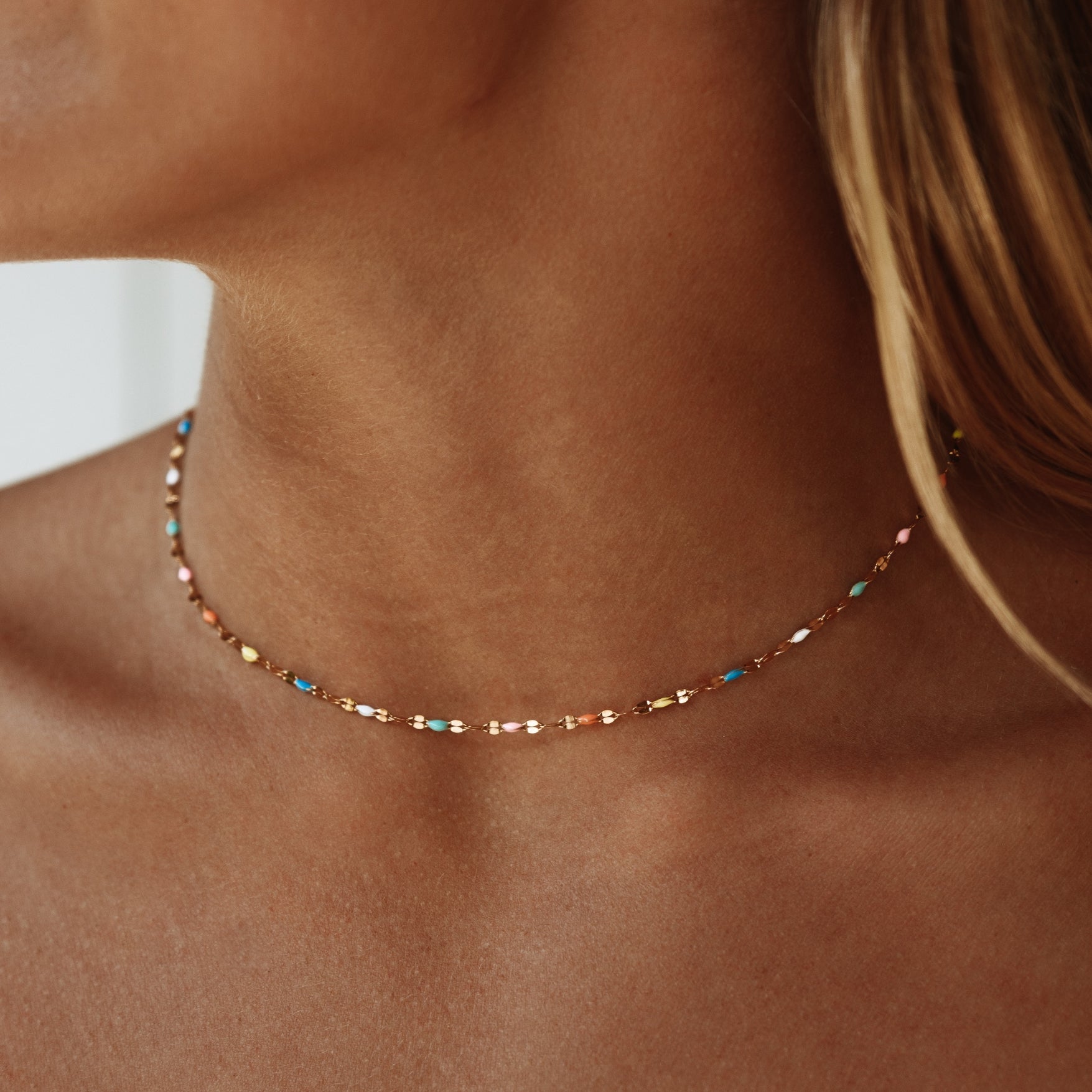
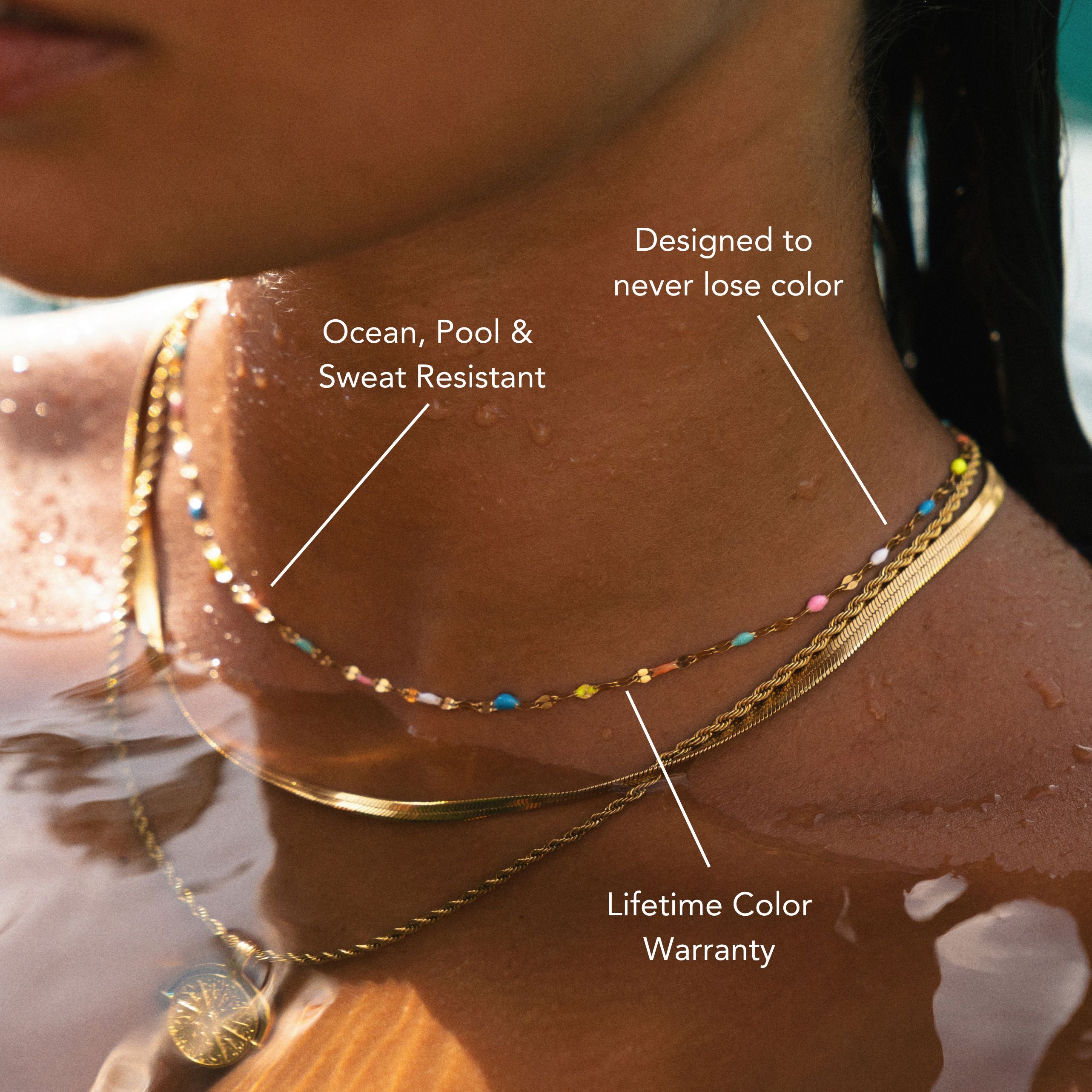


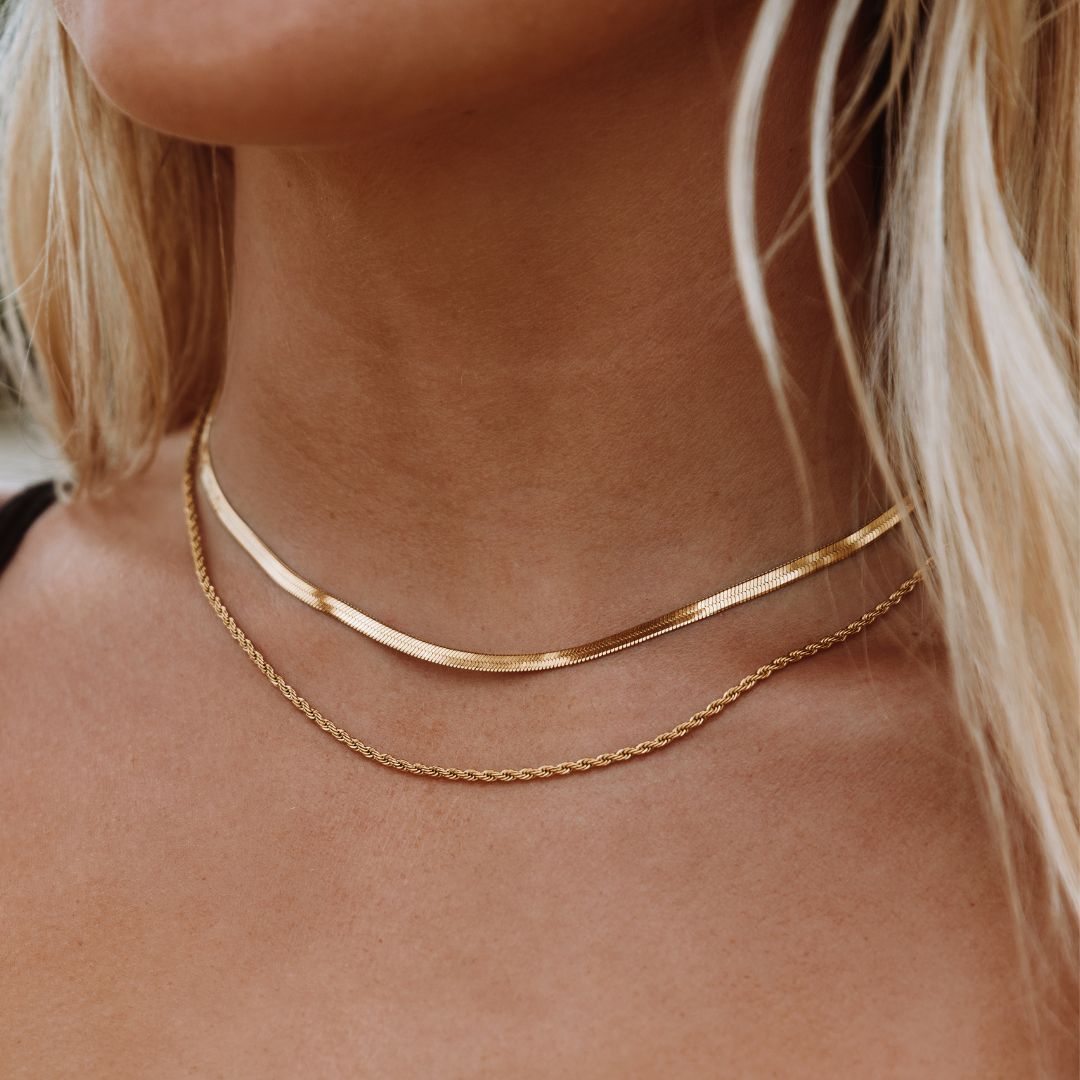
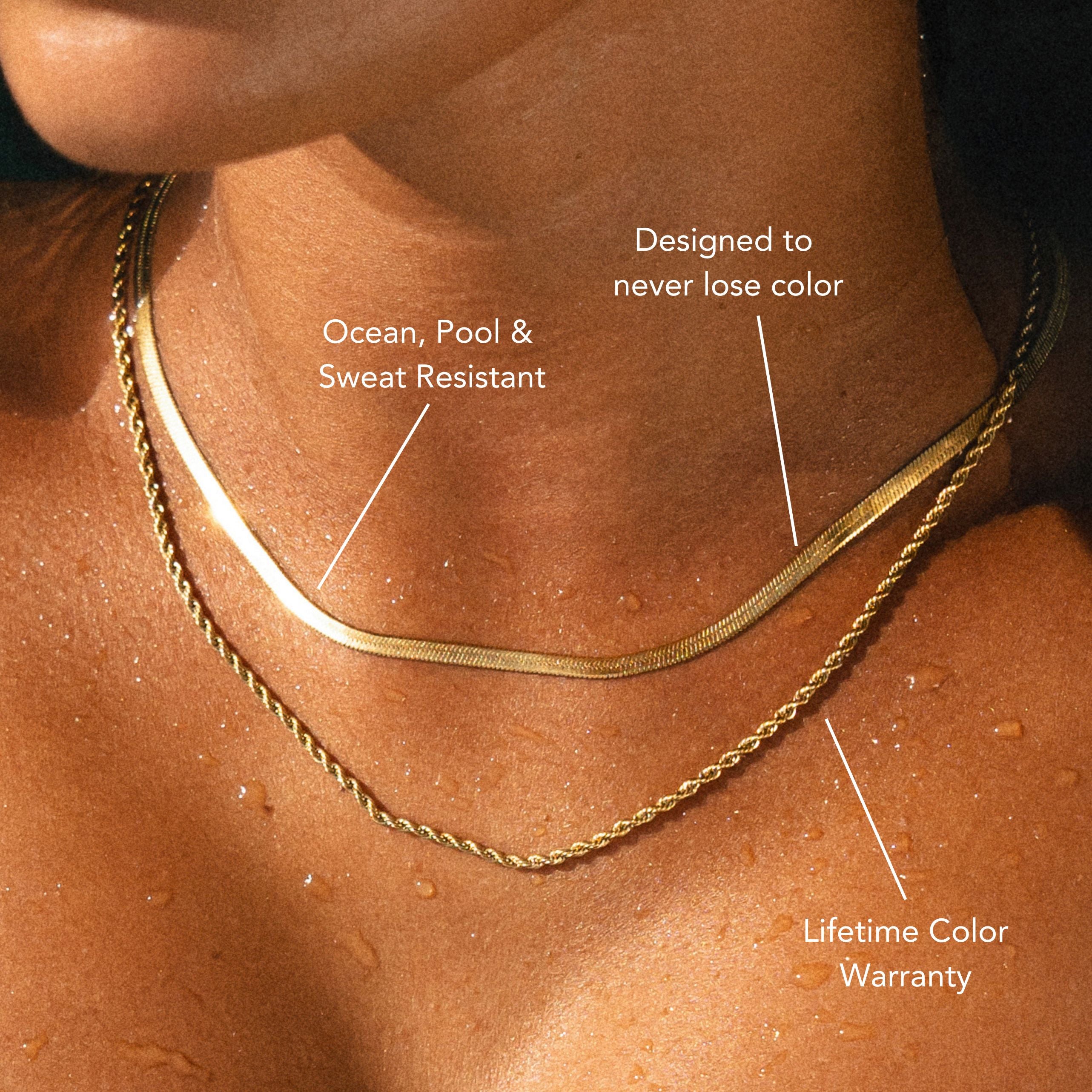


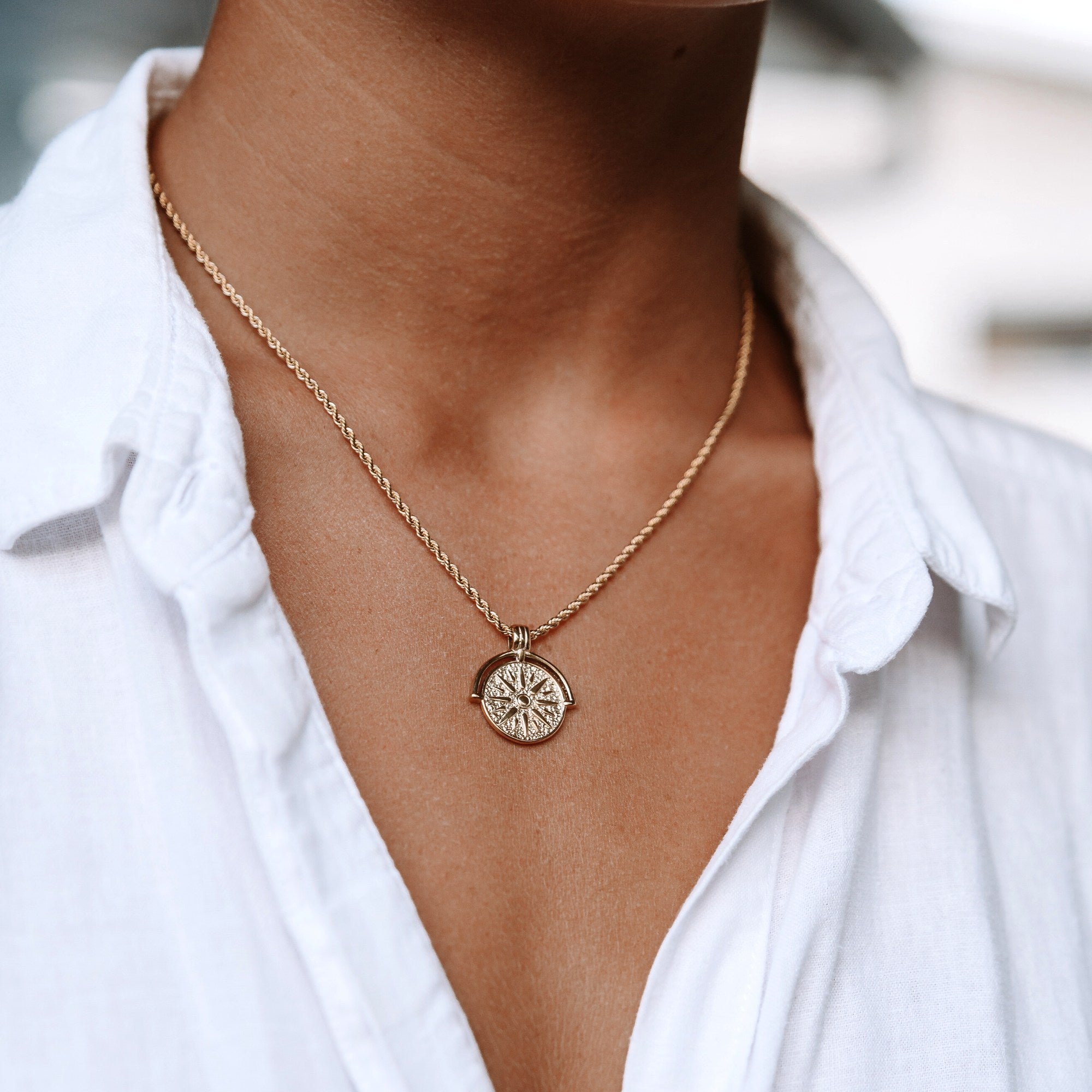
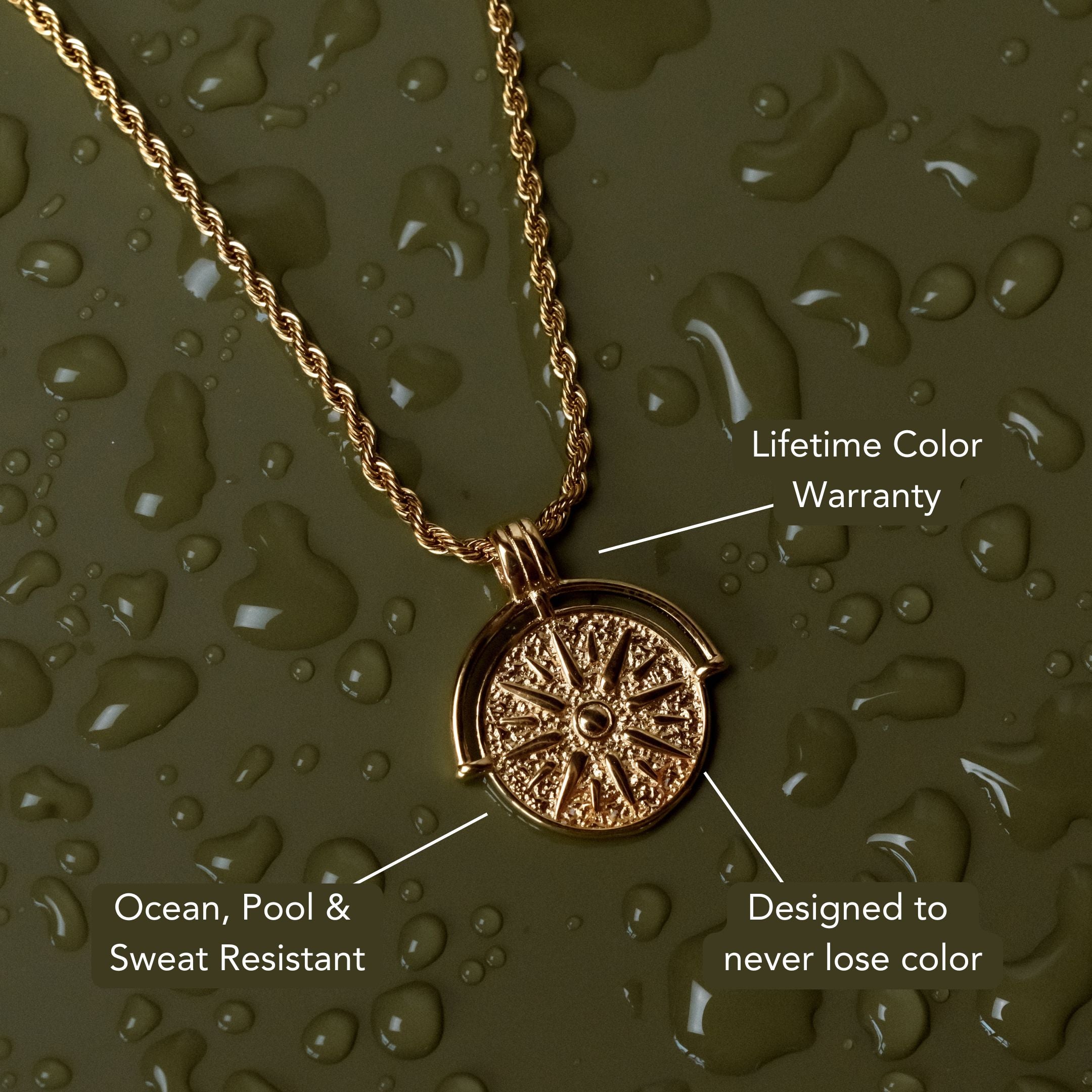

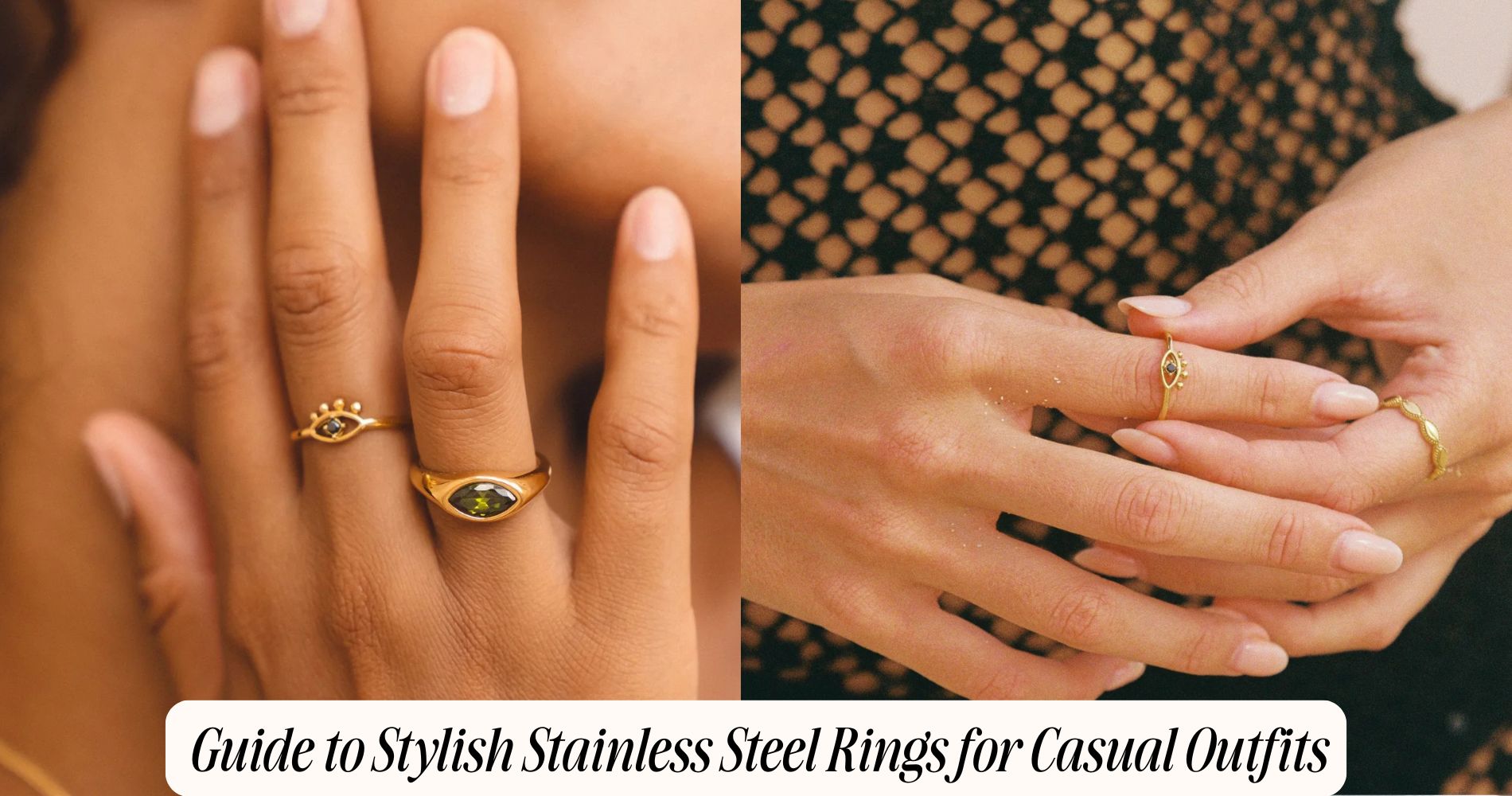




Leave a comment
This site is protected by hCaptcha and the hCaptcha Privacy Policy and Terms of Service apply.